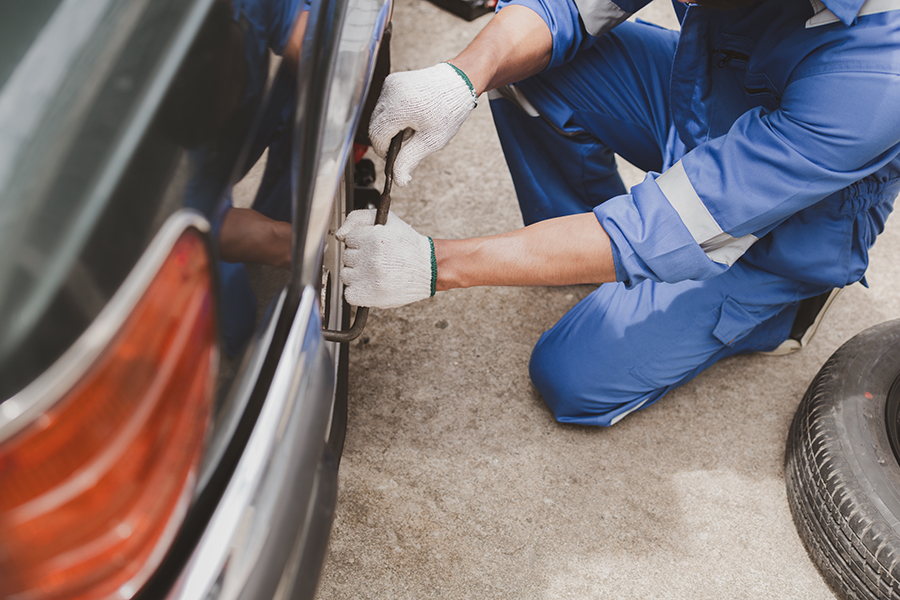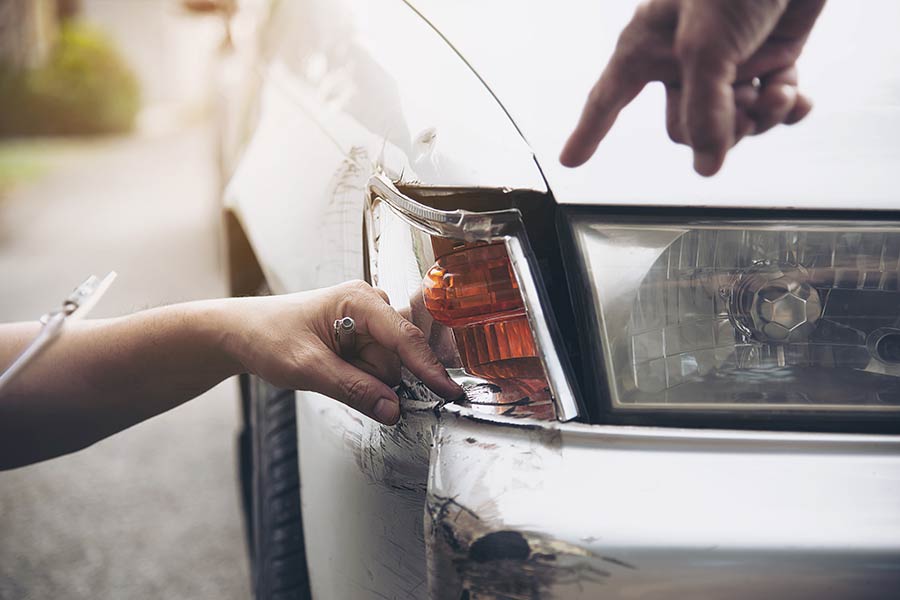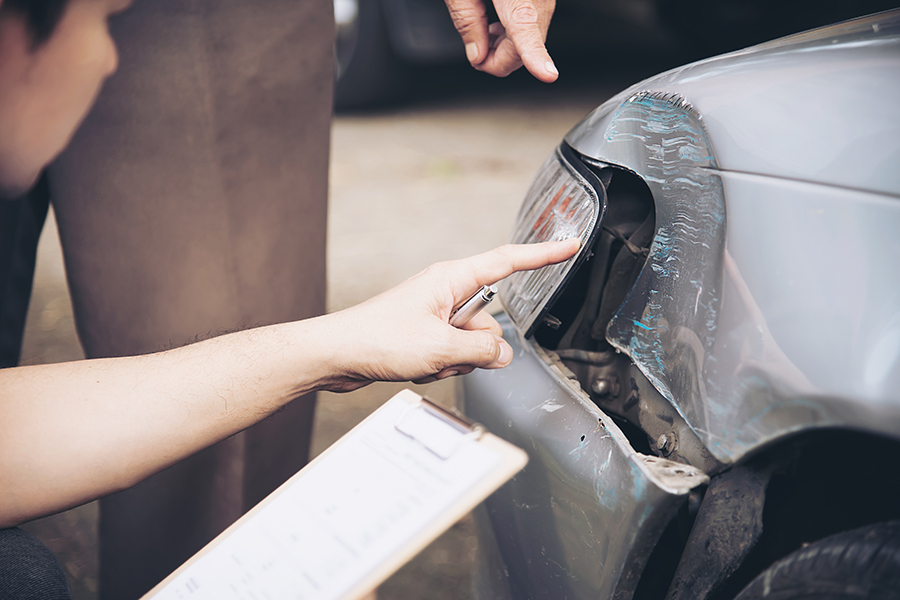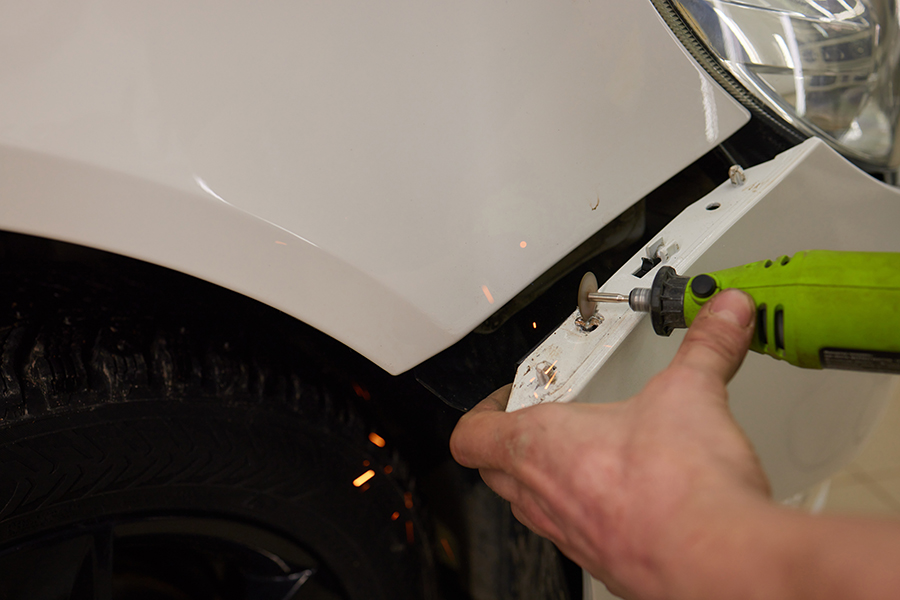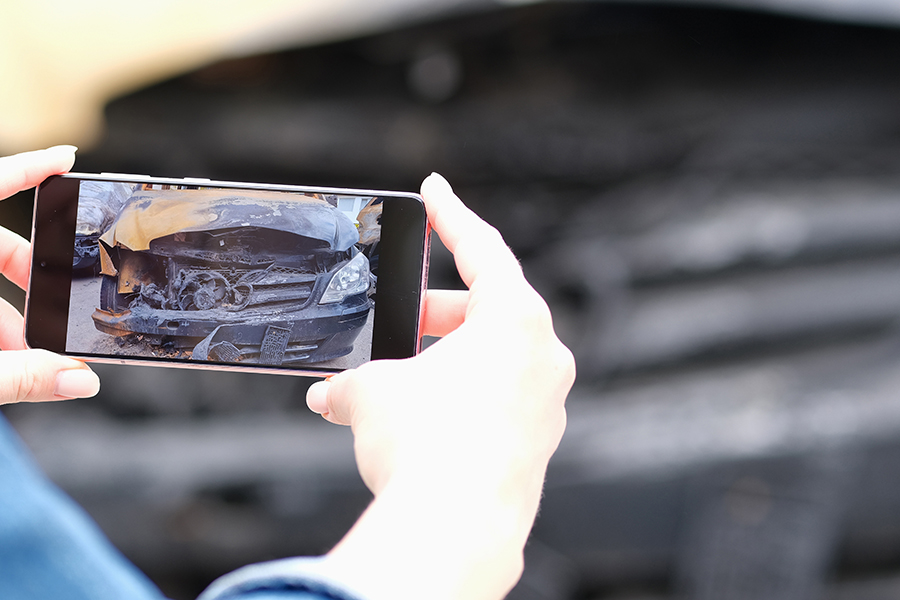Did you know that nearly 70% of vehicle owners experience bumper damage, leading to dent repair and replacement costs, within the first three years at repair shops? Car bumper repair can feel like a daunting task, but it doesn't have to be. We’re diving into the nitty-gritty of fixing those pesky dings and dents. Whether it's a minor scratch or a major crack, understanding the basics can save you time and money. We'll explore simple tips and tricks to get your bumper looking brand new again. So, roll up your sleeves and let's tackle this together—your car will thank you!
Key Takeaways
- Know Your Bumper: Learn what your car bumper is made of to decide if you can fix it yourself.
- DIY Fixes: Try simple repairs at home for small scratches or dents; use kits or guides.
- When to Call a Pro: For big damage, hire a professional. They can fix or replace bumpers safely.
- Budget Wisely: Understand costs. Compare DIY expenses with professional fees to save money.
- Smart Saving Tips: Look for discounts and consider insurance options to cut repair costs.
- Stay Safe: Always prioritize safety. If unsure, get expert help to avoid future issues.
Understanding Car Bumpers
Types of Bumpers
Car bumpers come in different materials. Plastic bumpers are lightweight and common. They help absorb impact in a collision. Aluminum bumpers are stronger and resist rust. Steel bumpers offer the most protection but add weight to the vehicle, affecting damage and costs compared to plastic.
Bumpers can be either OEM or aftermarket. OEM bumpers are made by the original car manufacturer. They fit perfectly and meet safety standards. Aftermarket bumpers are made by other companies. They might be cheaper but may not fit as well for vehicle bumper repair or replacement costs.
Bumper covers protect the actual bumper underneath. They enhance the vehicle's look and can hide small damages, making bumper repair or fascia replacement less noticeable.
Common Damage Causes
Minor collisions often damage bumpers. A fender bender is a common example. These happen mostly in traffic or parking lots.
Weather also affects bumpers. Sun can damage and fade paint, while rain and snow may cause rust on metal parts, leading to bumper repair or replacement.
Parking lot mishaps are frequent causes of damage too. Cars parked too close can scratch, dent, or damage each other easily, leading to replacement.
Importance of Timely Repair
Repairing a damaged bumper quickly is crucial. It prevents further harm to the car's structure. If left unchecked, small issues can become big problems.
A well-maintained bumper keeps the car safe. It ensures the vehicle meets safety standards, protecting passengers during accidents and minimizing damage and replacement.
DIY Bumper Repair
Tools and Materials
You need the right tools for bumper repair. Gather sandpaper, filler, and primer. These help in smoothing and fixing the surface. Use a heat gun if your bumper is plastic. It helps reshape and fix dents. Also, have paint and clear coat ready to finish the job after assessing damage and considering replacement.
Step-by-Step Process
Start by cleaning the bumper. Remove dirt and grease to see the damage clearly. Assess if the damage requires a new bumper or can repair it. Sand the damaged area to make it smooth. Apply filler to cover cracks or holes. Let it dry completely before moving on.
Next, paint the repaired area. Match the color with your car's original paint. Finish by applying a clear coat for protection, shine, and damage prevention. This makes the repair look professional.
Safety Tips
Always wear protective gloves and eyewear when working on your car. This keeps your hands and eyes safe from chemicals and debris. Ensure proper ventilation in your work area to prevent damage, especially when using paints or fillers. Follow all tool safety instructions to avoid accidents.
Professional Repair vs. Replacement
When to Choose Repair
Opt for repairs if there are only minor scratches or dents on the bumper. These small damages can often be fixed without replacing the entire part. If the damage is localized, repair might be the best choice. This means that only a small area is affected, and fixing it won't require much work.
Choosing repair can also be more cost-effective. It usually costs less than getting a new bumper. Repairs can save you money while making your car look good again.
When Replacement is Best
Replace the bumper if it is cracked or split. Cracks mean the bumper cannot protect the car properly in another accident. Severe structural damage is another reason to choose replacement. If the bumper is bent or misshaped, it may not function well.
Opt for a new bumper if repair costs are high. Sometimes, fixing an old bumper can cost as much as getting a new one. In these cases, replacement makes more sense.
Cost Considerations
Compare repair versus replacement costs before deciding. Repairs might seem cheaper at first, but sometimes they add up. Factor in labor and material expenses too. Labor costs can vary based on how long the repair takes.
Consider insurance coverage impact when making your decision. Some policies cover repairs but not replacements, or vice versa. Check with your insurer to see what they will pay for.
Cost Factors in Bumper Repair
Labor Costs
Labor costs can vary widely. Repair shops usually charge hourly rates. These rates depend on the shop's location and reputation. Hourly rates can range from $50 to $150. Doing it yourself can save money on labor. However, DIY might take more time and effort.
The complexity of the repair also affects labor time. A small scratch takes less time than a large dent. Complex repairs mean higher labor costs.
Material Expenses
Materials are another cost factor. Paint and fillers are needed for many repairs. Paint prices may vary depending on color and type. Fillers help smooth out dents and scratches.
etimes, replacement parts are necessary. This increases the cost. Specialized tools might be required too. These tools can be expensive if you don't already own them.
Insurance Options
Insurance can help with bumper repair costs. Check if your policy covers repairs. Some policies have a deductible that must be paid first. This amount varies by plan.
Understanding the claims process is important. It can affect how much you pay out-of-pocket. Filing a claim may raise your insurance premium later.
Tips to Save on Repairs
Regular Maintenance
Inspect bumpers regularly for minor damage. Small dents or scratches can grow over time. Catch them early to avoid bigger problems. Clean bumpers often to prevent debris buildup. Dirt and grime can harm the surface. Apply protective coatings to extend their lifespan. These coatings shield against sun and rain.
Compare Repair Services
Research local repair shop reviews before choosing one. Customer feedback can reveal important details about service quality. Compare service warranties and guarantees offered by different shops. Some may offer better protection for your repairs. Evaluate the turnaround time for repairs too. A quicker service might be more convenient if you need your car back fast.
DIY Minor Fixes
Attempt small scratch repairs at home if possible. This can save money on professional services. Use touch-up paint for minor blemishes on the bumper. It's a simple way to improve appearance without much cost. Follow online tutorials for guidance on these tasks. Many videos show step-by-step instructions that are easy to understand.
Closing Thoughts
Car bumper repair doesn't have to be a headache. Whether you're taking the DIY route or calling in the pros, knowing your stuff saves time and cash. Think of it like fixing a puzzle—each piece fits better when you know its place. We've laid out the basics, so you're set to tackle those dings and dents like a pro.
Keep your ride looking sharp without breaking the bank. Remember, a little knowledge goes a long way. Next time you spot a scratch or dent, you'll know just what to do. Want more tips on keeping your car in top shape? Dive deeper into our resources and stay ahead of the game. Hit us up with any questions or stories about your bumper battles. We're here to help you keep rolling smoothly!
Frequently Asked Questions
What is the primary function of a car bumper?
Car bumpers are like your car's shield. They absorb impact during collisions, protecting essential components. Think of them as the first line of defense for your vehicle.
Can I repair my car bumper myself?
Yes, you can! If it's a minor scratch or dent, DIY kits and guides are available. But remember, it’s like baking; follow instructions carefully for the best results.
When should I consider professional bumper repair?
If the damage is severe or affects safety features, call in the pros. It's like needing a surgeon instead of a band-aid; sometimes, expertise is crucial.
Is it better to repair or replace a damaged bumper?
It depends on the damage. Minor issues? Repair might be enough. Major cracks or compromised safety? Replacement could be your best bet. It's all about keeping your ride safe and sound.
How much does bumper repair typically cost?
Costs vary based on damage and service provider. On average, expect between $100 to $1,000. Think of it like dining out; fast food prices versus fine dining depend on what you need.
How can I save money on bumper repairs?
Shop around for quotes, check insurance coverage, or consider DIY for small fixes. It’s like bargain shopping—research and smart choices make a difference.
Does insurance cover bumper repair costs?
Often, yes! Check with your provider to see if your policy covers it. It's like having an umbrella on a rainy day—handy when you need it.
